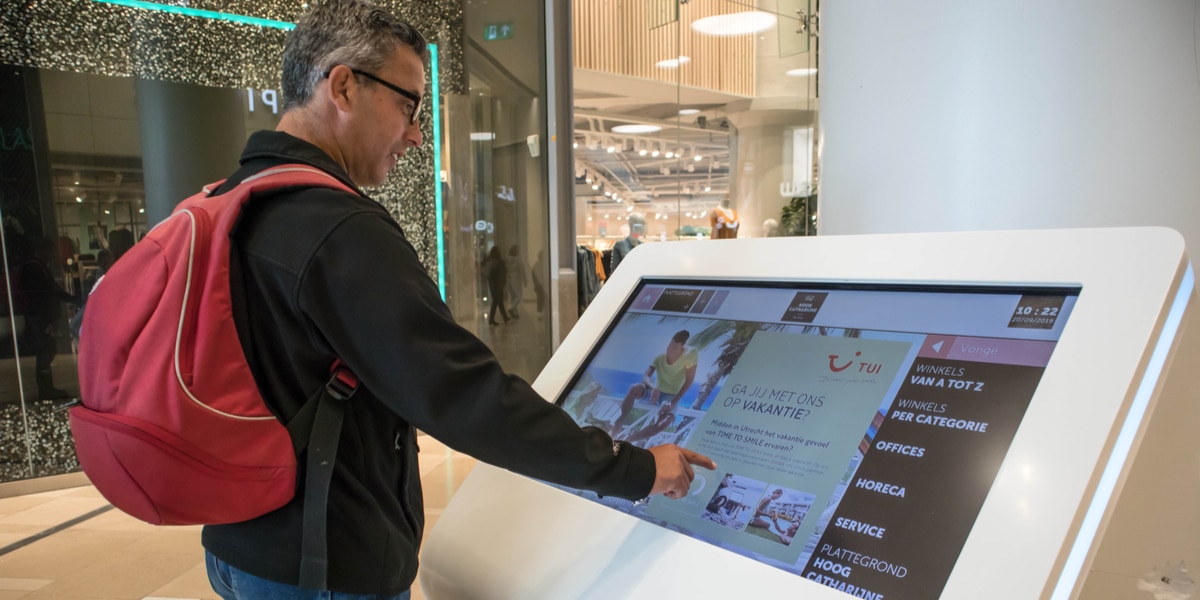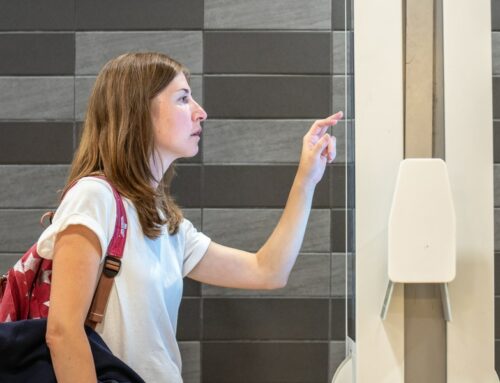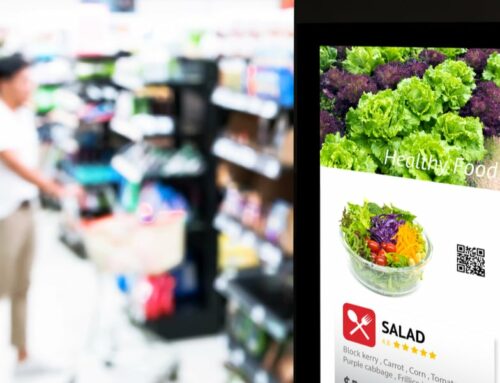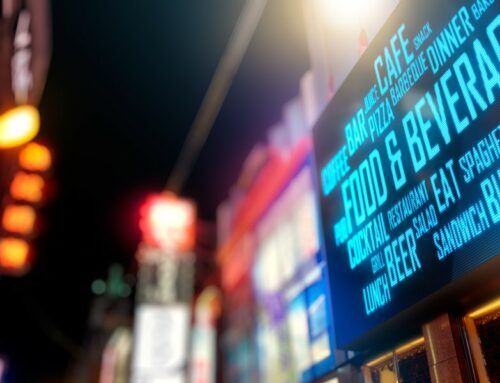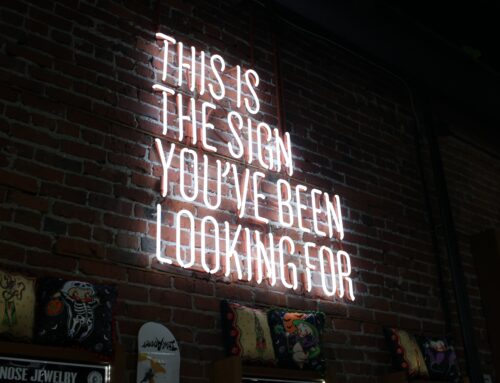W ayfinding – user experience for the built environment – encompasses all the elements people use to navigate from place to place by figuring out where they are and where they need to go. Simple, right?
Large complex locations, such as hospitals and public galleries, can be complicated places for visitors and staff to navigate, especially if they’re unfamiliar, or visiting for the first time. So how can digital signage help?
Wayfinding and digital signage
When people are in a specific space for a given purpose, digital signage is one tool in the wayfinding box to help them navigate more smoothly. Unlike its static counterpart, digital signage can be easily adapted to upcoming events, say a temporary art exhibition, or changed to reflect routes around a space, perhaps to ease congestion or bottlenecks within a building.
It can also help when areas are out of use and visitors needed to be re-routed. With everything on-screen, there’s no need for additional, expensive physical signage, which may only be needed for a limited time period.
When we’re somewhere new or unfamiliar, we instinctively look for signs and landmarks to find our way. The versatility of digital signage means that as things change, such as the location of departments within a department store, visitor information can be updated quickly and easily with little or no cost or complication.
Interactive visitor maps are also another valuable wayfinding tool in places such as shopping malls, where visitors may be searching for a specific store. Digital maps, displayed on digital signage and harnessing the latest mapping technology, enable visitors to find their way from where they are to where they need to go.
And the combination of digital signage with sensors, or geographic location, can create a powerful tool for sharing relevant, personalized content with people in a particular location.
Event-driven content
This technology isn’t just limited to static physical locations. It also has applications in moving vehicles such as buses. Harnessing the power of geofencing – using GPS to trigger information based on where you are – it’s possible to tailor onscreen content to a particular location.
Take for instance digital signage in a taxi. Triggered by GPS, it could show information about the local area or display adverts for local businesses. That might be special offers in a restaurant or store, or in creative and engaging content that highlights that the visitor has just driven past a great deal.
The same technology and methodology can also be used in office spaces. Taking up a static position within the built environment, a digital sign coupled with geofencing and/or sensors can provide visitors or employees in a building with key navigational information from nearby data sources, such as restaurants and public transport.
This might include how to find the right building from your current position, and details like opening times or departure times. And in the not-so-distant future, a personal device with near field communication (NFC) could be used to trigger more personalized content on a digital sign, providing more creative ways to pique the passer-by’s interest.
Intelligent signage solutions
When digital signage is deployed in conjunction with sensors and geofencing, it can be a powerful wayfinding tool with huge creative possibilities. But it also needs the right strategy behind it – and this will vary from business to business.
A potential pitfall is to rely too heavily on the novelty of new technology to grab people’s attention, as the novelty soon wears off. So whilst there’s no one-size-fits-all solution, the overarching priority is always to make the end-user the focus.
After all, what good is all this technology if it doesn’t add value to the end-user’s experience?
In the end, it’s got to bring long-lasting value to your target audience as part of an intelligent signage solution.

